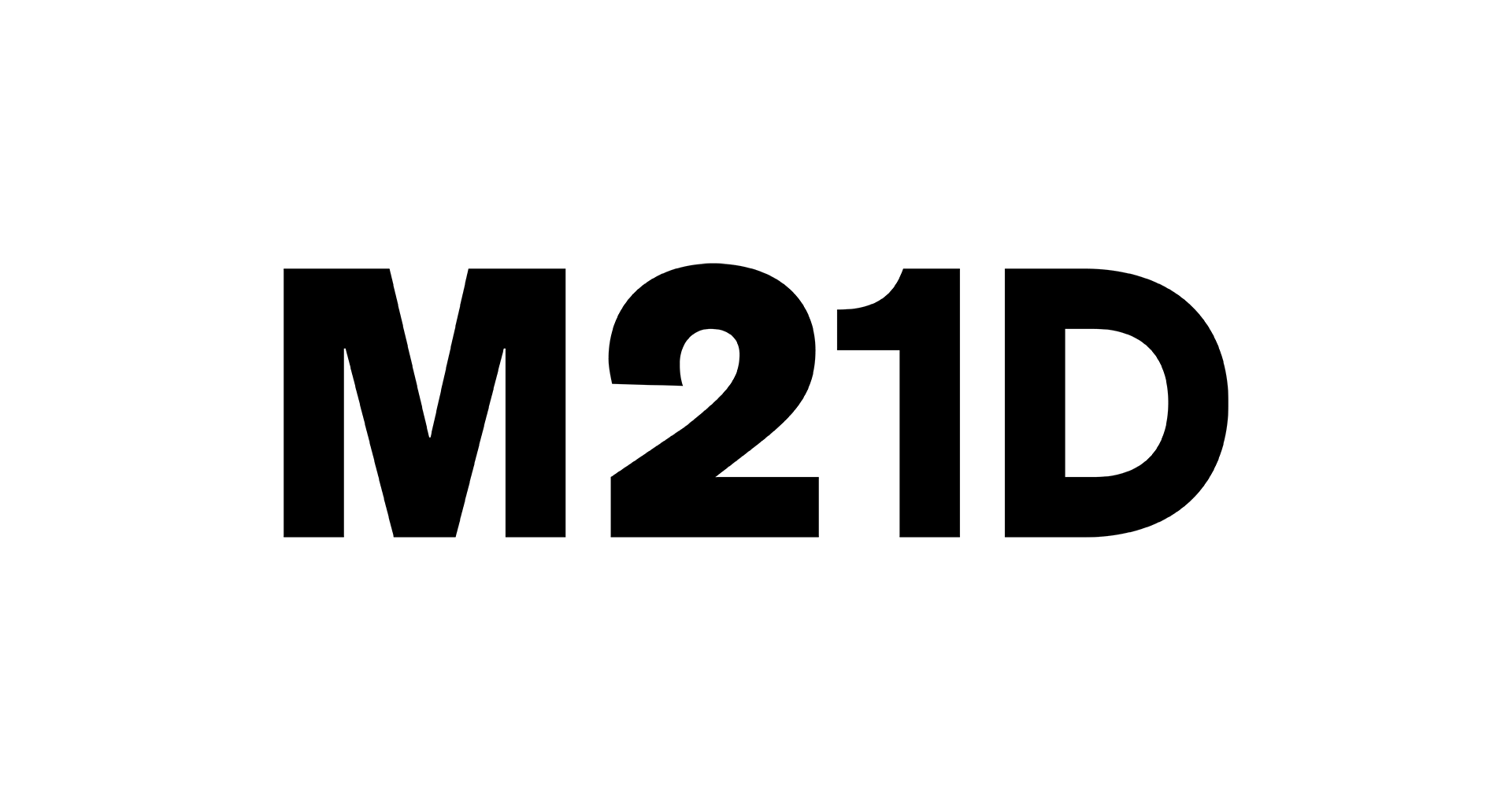
Kiersten Thamm
Jun 10, 2022
Collecting to Investigate, Celebrate, and Normalize Positive Design
Museums hold positions of trust and influence in communities, which allows them to contribute to the fame and success of the objects they display. The M21D collection aims to use this position to investigate, celebrate, and normalize positive design.
Our collection contains designs with positive social and environmental impacts created after 2000 — and we operate on a generous definition of design. Design is more than architectural plans and industrial objects. Design happens anytime an entity translates intention into function. Everything from web interfaces to strategies for social activism belongs in our definition of design.
Collecting such a diverse range of positive designs requires a new type of collection. For instance, many designs within our definition require digital tools to access, such as a social media campaign or computer game. Additional challenges result from our commitment to producing positive social and environmental effects. We’re a new type of museum that puts ecology over tradition.
Therefore, M21D maintains a digital collection of designs instead of a physical one. Rather than invest in structures and space, we’re developing a low-carbon website to host our designs and research, allowing anyone to access them and add to them at any time.
We hope that this digital collection will contribute to making positive design the norm and, eventually, a basic industry standard.
Researching Expansive Questions through New Approaches
Part of developing our digital collection involves conducting unconventional research. Because we’re interested in designs’ social and environmental impacts, we ask distinctly different questions from those of traditional museums.
We want to know the cost of production, carbon footprint, recyclability, working conditions, wages of people contributing to the design, and people’s experience using it. Consumer protection bureaus, review sites, user interviews, and investigative journalism help us answer these questions.
The process of adding designs to our digital collection begins by designating designs to our study collection. In this phase of the process, we conduct the majority of our research to evaluate whether or not they contribute to a more just future.
Importantly, our study collection caters to collaboration. The pages of specific designs will include methods for community engagement. We want to see your pictures, hear your stories, and feature your voices in our collection. You'll be able to share all of these through a contribute link.
If collaborative research into a design makes it clear that the design will improve society and fight against the climate crisis, it gains a place in the M21D digital collection.
The Ongoing Process of Collecting
The M21D digital collection requires consistent effort and engagement. Asking such expansive questions means that the research of particular designs will never end. We’re interested in user stories and the environmental impacts of total life cycles — there will always be something important to add. We’re also working hard on increasing the number of designs in the collection.
We'll soon introduce the first round of designs into our study collection for your input. Subscribe to our newsletter to learn when.
